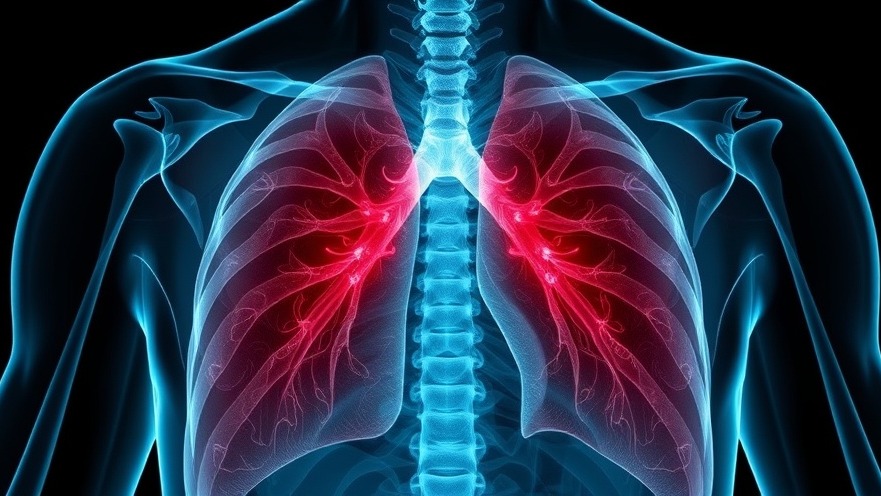
Senolytics: A New Approach to Lung Health
Recent research has shed light on an exciting potential therapy for individuals suffering from long-term lung damage due to viral infections. Senolytics, a class of drugs designed to target and eliminate senescent cells — cells that have lost their ability to divide and function — might offer a glimmer of hope for recovery. As more people experience the aftereffects of respiratory viruses like COVID-19, the need for innovative treatments becomes increasingly urgent. This article outlines how senolytics work, their implications for lung health, and why understanding this treatment option might be crucial for health-conscious individuals.
Why Lung Damage Matters
Long-term lung damage can manifest as residual effects from viral infections, impacting breathing and overall quality of life. Many people are unaware of how their lung health contributes to their daily well-being. With viral infections affecting millions, knowledge of how to mitigate potential long-term effects is essential. Considering the pivotal role of the lungs in maintaining overall health, focusing on recovery and rehabilitation becomes vital for those affected.
The Mechanism of Senolytics
How do senolytics work? This emerging field of treatment hinges on the idea that by removing senescent cells, which can promote inflammation and tissue damage, we may enhance cellular function and promote recovery. Recent studies have hinted that senolytics could help restore lung function in those who have suffered viral lung injuries. By utilizing this approach, researchers aim to promote healthier cellular environments, potentially giving your lungs a second chance at thriving.
Current Research and Future Possibilities
The scientific community is actively investigating the efficacy of senolytics in reversing lung damage. Preliminary studies suggest that these drugs could decrease inflammation and promote repair mechanisms within damaged lung tissues. As more data emerges, we might see senolytics integrated into conventional treatment regimens — offering new hope for individuals experiencing ongoing health challenges due to past viral infections.
What This Means for Health-Conscious Individuals
For the self-reliant individual, understanding treatment developments like senolytics empowers informed health choices. Being proactive about lung health means not only focusing on avoidance but also on treatment and rehabilitation. Engaging with cutting-edge health research can assist in making choices that support long-term vitality.
Final Thoughts: A Shift in Health Paradigms
The advancements in senolytic research represent a paradigm shift in how we approach recovery from viral lung damage. With the health landscape continually evolving, staying informed about new treatment pathways is essential for those prioritizing their health. The prospect of leveraging senolytics could pave the way for improved outcomes for many, aligning with the goal of a healthier and more resilient future.
 Add Row
Add Row  Add
Add 




Write A Comment